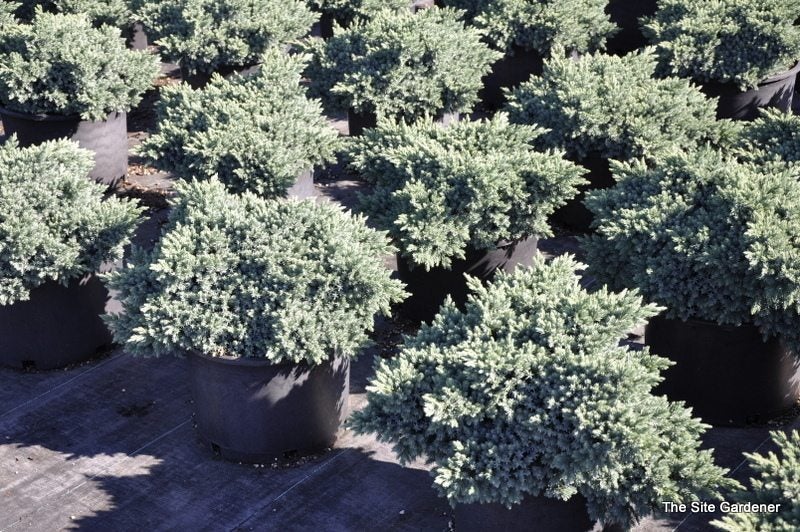Growing Juniper ‘Blue Star’ – Learn About Blue Star Juniper Plants


With a name like “Blue Star,” this juniper sounds as American as apple pie, but in fact, it is native to Afghanistan, the Himalayas, and western China. Gardeners love Blue Star for its thick, starry, blue-green foliage and its graceful, rounded habit. Read on for more information about Blue Star juniper (Juniperus squamata ‘Blue Star’), including tips on how to grow a Blue Star juniper in your garden or backyard.
About Blue Star Juniper
Try growing juniper ‘Blue Star’ as either a shrub or a groundcover if you live in an appropriate region. It’s a lovely little mound of a plant with delightful, starry needles in a shade somewhere on the boundary between blue and green. According to information about Blue Star juniper, these plants thrive in USDA plant hardiness zones 4 through 8. The foliage is evergreen and the shrubs grow into mounds some 2 to 3 feet (61-91 cm.) high and wide. You have to have patience when you start growing Blue Star, since the shrub doesn’t shoot up overnight. Once it gets settled in though, it’s a champion garden guest. As an evergreen, it delights all year long.
How to Grow a Blue Star Juniper
Blue Star juniper care is a cinch if you plant the shrub correctly. Transplant the seedling into a sunny location in the garden. Blue Star does best in light soil with excellent drainage, but it won’t die if it doesn’t get it. It will tolerate any number of problem conditions (like pollution and dry or clay soil). Don’t make it suffer shade or wet soil. Blue Star juniper care is a snap when it comes to pests and diseases. In short, Blue Star doesn’t have many pests or disease issues at all. Even deer leave it alone, and that is pretty rare for deer. Gardeners and homeowners usually start growing junipers like Blue Star for the texture its evergreen foliage provides to the backyard. As it matures, it seems to undulate with every passing wind, a lovely addition to any garden.
Sign up for the Gardening Know How newsletter today and receive a free copy of our e-book "How to Grow Delicious Tomatoes".

Teo Spengler is a master gardener and a docent at the San Francisco Botanical Garden, where she hosts public tours. She has studied horticulture and written about nature, trees, plants, and gardening for more than two decades, following a career as an attorney and legal writer. Her extended family includes some 30 houseplants and hundreds of outdoor plants, including 250 trees, which are her main passion. Spengler currently splits her life between San Francisco and the French Basque Country, though she was raised in Alaska, giving her experience of gardening in a range of climates.